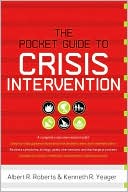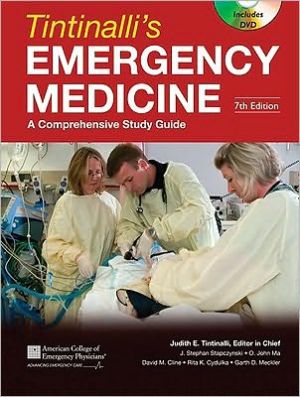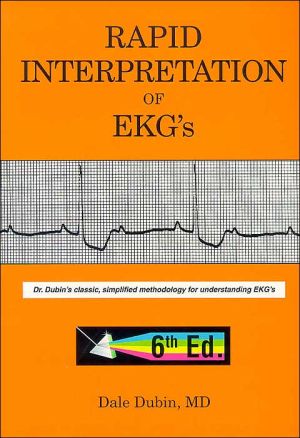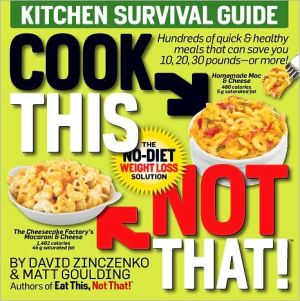Pocket Guide to Crisis Intervention
Search in google:
Crisis workers make split-second decisions every day that affect the mental health and well-being of individuals, families, and entire communities. They support and guide people through health diagnoses, bankruptcies, sexual assaults, deaths of loved ones, suicide attempts, and natural or man-made disasters from the front lines. While professions vary from mental health professionals, emergency responders, educators, business managers or volunteers such as suicide hotline workers, all have a common and urgent need for a rapid reference that covers every type of traumatic event they may be asked to respond to in the course of an unpredictable and highly stressful day.The Pocket Guide to Crisis Intervention is a complete crisis toolkit, a trusted resource to consult on the fly, packed with easy-to-follow, step-by-step evidence-based protocols for responding effectively to a broad range of traumatic events. Checklists, bullets, and boxes highlight symptoms & warning signs and provide action plans, do's & don'ts, and screening & assessment questions. The open layout and two-color design make this pocket guide as visually appealing as it practical, ensuring at-a-glance lookup of the essentials of managing the most common types of crisis. More than just a collection of action lists, though, this pocket guide explains theories and models in clear, jargon-free language, offering tips for clinical practice, treatment planning, referrals, and coordinating services as needed. It can be used as a field manual for seasoned professionals or as a training tool for new recruits and practitioners seeking to sharpen their skills.
1. Definition and Nature of Crisis2. Public vs. Private Crisis3. Events that Precipitate a Crisis4. Twelve Characteristics and Indicators of a Crisis-Prone Person5. Types of Crises6. Burgess and Roberts' Stress-Crisis-Trauma Continuum7. Psychophysiological Reactions to a Crisis8. Stress Symptomatology and the General Adaptation Syndrome9. Common Signs, Symptoms, and Psychological Responses to Crisis (Emotional, Cognitive, and Behavioral)10. Roberts' Seven Stage Crisis Intervention Model (R-SSCIM)11. The Crisis Management Plan12. Dos and Don'ts for Crisis Hotline Workers13. Steps for Handling Difficult or Hostile Callers to a Hotline14. Suicide Risk Assessment Protocol and Warning Signs15. Crisis Intervention with Families16. Crisis Intervention with Substance Abusers17. Crisis Intervention with Accident Survivors18. Crisis Intervention with Violent Crime Victims19. Crisis Intervention with Abused Children20. Crisis Intervention with Battered Women21. Crisis Intervention with Sexual Assault Victims22. Crisis Intervention with Mental Illness: Determining Safety Needs23. Crisis Intervention after the Death of a Loved One24. Crisis Intervention with Children in the Aftermath of School Violence25. Crisis Intervention after Natural Disasters-Hurricanes, Earthquakes, Floods26. Crisis Intervention after Terrorist Bombings in Planes, Railroads, or Buildings27. Crisis Intervention after Bio-terrorism28. Crisis Intervention with Homicide Survivors29. The 10 Stages of Acute Traumatic Stress Management (ATSM)30. Critical Incident Stress Debriefing Model31. Multi-Component Critical Incident Stress Management (CISM)32. Signs and Symptoms of Clinician Stress and Burnout33. Stress Reduction and Coping Skills for Clinicians Working in Crisis and Disaster Relief Positions








